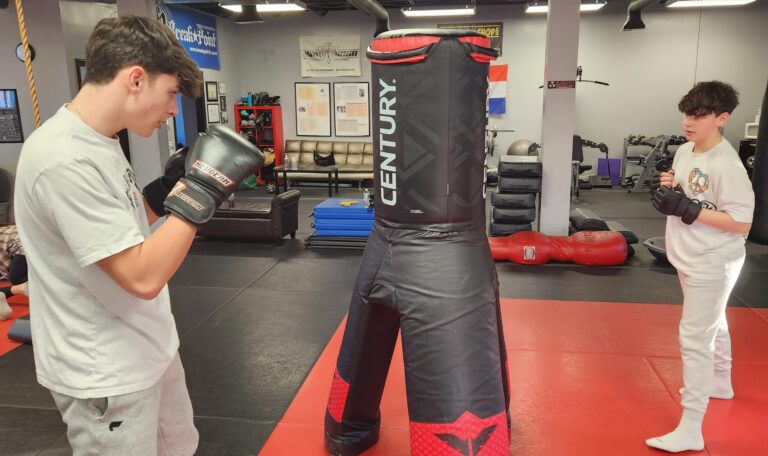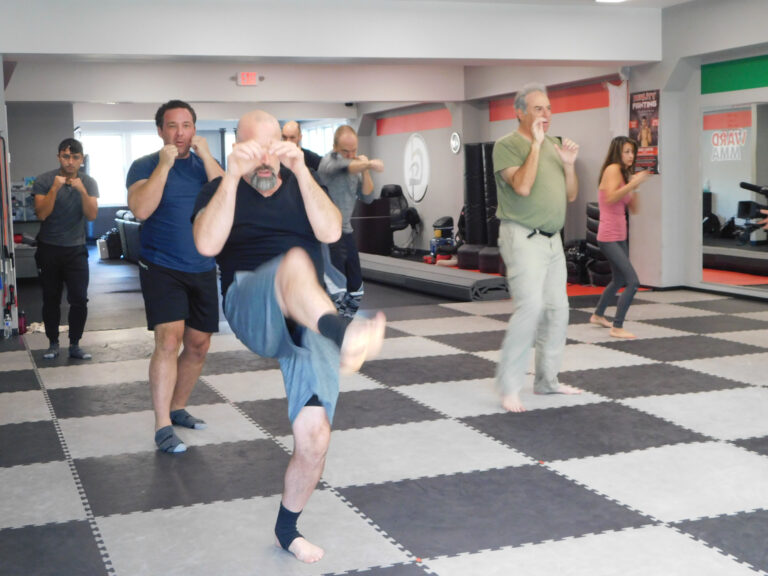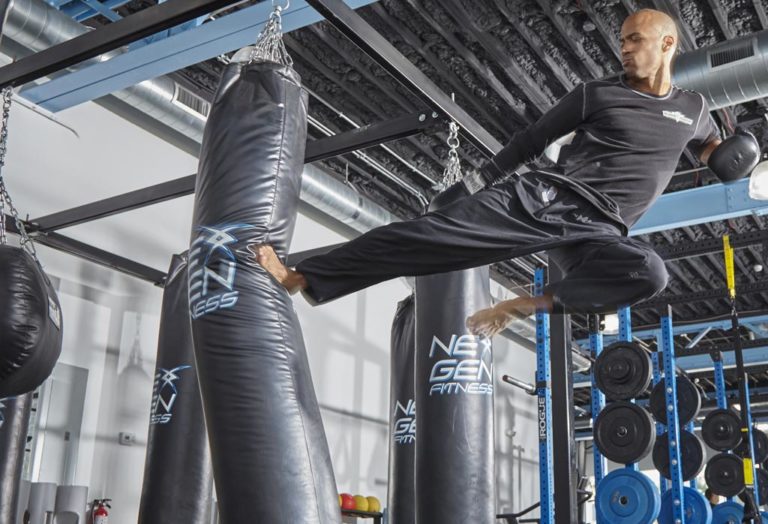For people interested in studying Krav Maga, I would like to offer context of what the name means. In Hebrew, Krav Maga means “contact combat “. The relevance of these words is directly based on the strategy and tactics of the system; in order to win a violent encounter, the defender must physically connect and dominate the attacker until such time as they are capable of safe exit. It is for this reason that Krav Maga is considered a gold standard for close quarter combat. The principles of the system dictate that if we are not able to avoid or de-escalate, we must immediately close distance on our attacker, attach and then fire all weapons necessary to neutralize the existing threat.
In the 20 years of teaching this system, I have certainly seen students hesitate and even struggle with the concept of physically attaching to an attacker. I understand that it seems almost counterintuitive to go towards something that is threatening your safety. But as the Israelis like to say,
“The closer I am to danger, the further I am from harm.”
Once a position of control is established on our attacker, a kravist must then continue to fire strikes (punches, elbows, knees and kicks) until their objective is met. To that end, it is also crucial to realize that not all strikes land equally. Sometimes, despite our training and best efforts, our strikes merely glance or have little effect on our attackers. This could be caused, for example, by the amount of alcohol or drugs in the attacker’s system. The point is we do not stop firing weapons until our goals are met. The rule is, fire as many strikes as you need, but no more than you have to.
If we are looking to exit quickly, we must have the attacker compromised in balance, physical integrity or mental alertness. If we are trying to disarm them, we must strike until such time as we see their grip soften on the weapon and we have access to a safe disarm. Regardless of what we are trying to accomplish, our focus has to remain entirely on our attacker so we are completely aware of how much fight is left in them. We must never assume that we will be done after “x” number of strikes. We will only know we are safe to leave when we see the resistance in our attacker fade and the opening to leave appear.
There are many ways that Krav Maga is described in the world of martial arts: my personal favorite is when it refers to itself as “ offensively defensive”. The Israelis are very simple in their thought process. It is not possible to act 100% defensively and succeed. No matter how much defensive prowess you may possess, unless you are aggressively firing weaponry and causing the attacker to shift gears so they are now protecting themselves from inbound attacks, the chance of successfully defending an attack diminishes. Once you have established that there is an attacker that you cannot avoid or de-escalate, your mindset must shift from being prey to becoming a predator. Immediately identify all accessible targets to strike, aggressively connect to your attacker and then impose your will. This is central to how Krav Maga solves violent problems. We identify. We connect. We neutralize. We leave.




